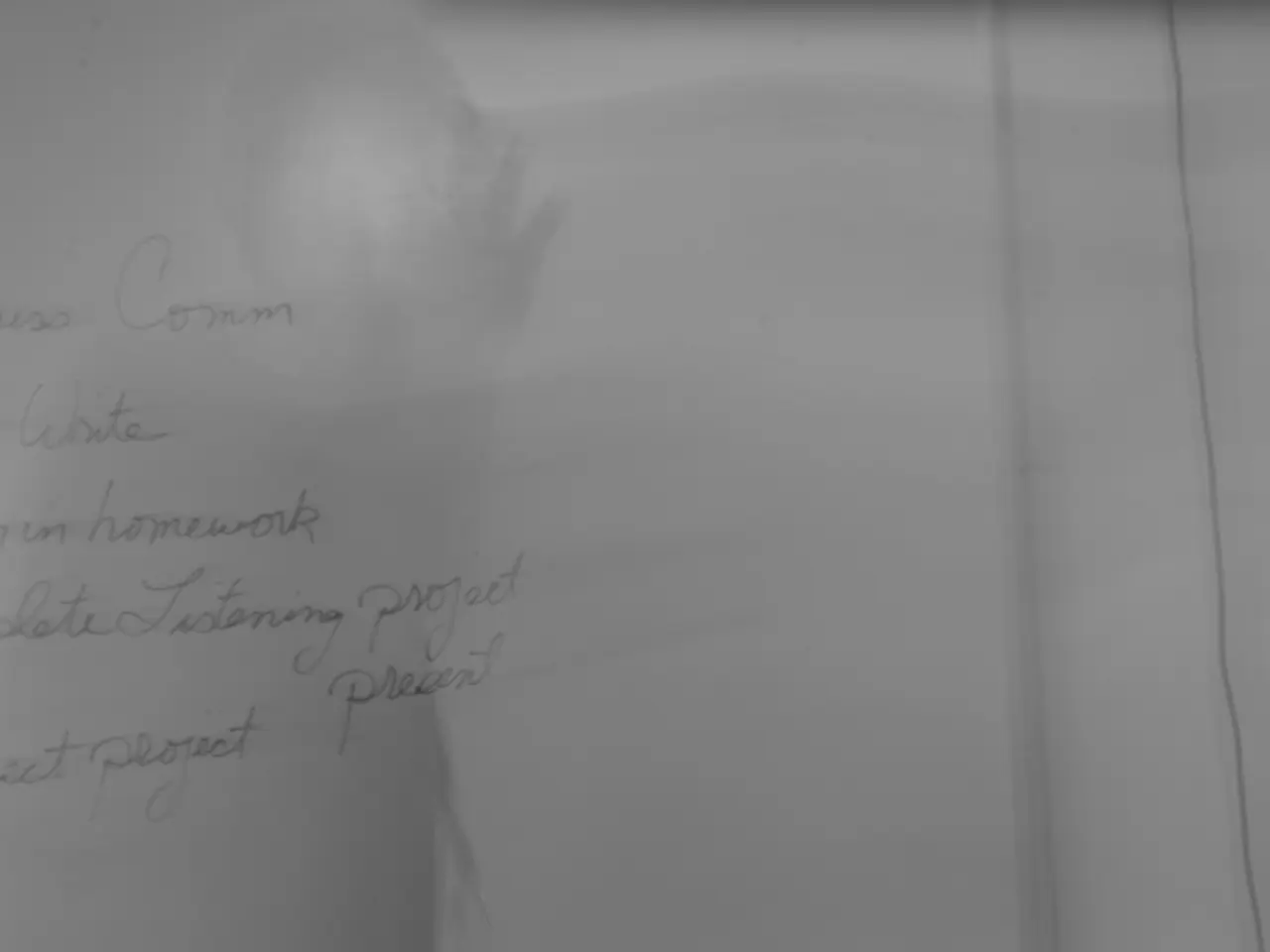Examining the Part Played by the World Intellectual Property Organization
The World Intellectual Property Organization (WIPO), a global organization established in 1967, is playing a pivotal role in shaping patent law to adapt to the evolving digital landscape and address challenges in areas such as international patent procurement, access to medicines, and environmental sustainability.
Embracing Digital Technologies
WIPO is spearheading initiatives focused on digital technologies. The organization is developing a dual-framework approach, including the Institutional Capability Framework (ICF) and Knowledge/Technology Transfer metrics. This approach, set to enter a Proof-of-Concept phase in late 2025 and a multi-country pilot in 2026, aims to enhance innovation capabilities at institutional and national levels, supporting structured and harmonized innovation decision-making relevant to emerging digital technologies and patent management globally.
Moreover, WIPO is dedicating a three-year focus on Standard Essential Patents (SEPs) crucial for digital infrastructure and technological standards. This focus will guide international discussions on their management and legal frameworks.
International Patent Procurement and Support
WIPO's Technology and Innovation Support Centers (TISCs) offer innovators in developing countries access to high-quality patent search and technology information resources. This program aids local patent drafting, application, and technology transfer processes, fostering equitable access to patent procurement mechanisms internationally.
The organization also maintains and updates technical assistance related to the Patent Law Treaty (PLT), aiming to harmonize and streamline patent application formalities across member states.
Access to Medicines
In response to global health crises like COVID-19, WIPO has expanded training and resources on patent and technology searching in medical fields such as prophylactics, therapeutics, bio-analytics, and bioinformatics. This work enhances access to essential medical technologies by supporting patent transparency and innovation diffusion.
Environmental Sustainability
While detailed recent documents on environmental sustainability were not explicitly noted in the latest updates, WIPO’s broader innovation acceleration programs and its focus on policy development for national and international institutions imply ongoing efforts to integrate sustainable innovation policies within patent systems. Historically, WIPO has promoted green technologies through tailored patent landscape studies and innovation support programs.
In summary, WIPO’s initiatives combine institutional capability building, harmonization of patent procedures, facilitation of technology transfer, and enhanced access to critical medicines, all within frameworks preparing for emerging digital and standard-essential patent challenges. Pilot programs and ongoing consultations reflect its dynamic role in shaping patent law aligned with innovation, public health, and sustainability objectives internationally.
The organization seeks to create equitable systems that avoid leaving developing nations behind in patent law, focusing on providing technical assistance and resources, and facilitating capacity-building programs. WIPO's primary goal is to foster the development of a balanced intellectual property system, supporting equitable access to patented technologies, contributing to a balance between fostering innovation and ensuring public welfare.
By helping countries develop effective patent systems, WIPO enhances the global patent landscape and enforces intellectual property rights, which is crucial for fostering innovation and economic growth. The organization facilitates discussions among nations to foster legislative collaboration and harmonization of patent laws. The WIPO advocates for flexible frameworks that allow for alternative licensing models, such as compulsory licensing, to enhance accessibility without stifling innovation.
The World Intellectual Property Organization (WIPO) faces challenges in balancing innovation with access, particularly in addressing global disparities in patent law enforcement. However, its core functions, including establishing an international framework for patent systems, standardizing patent law, and offering capacity-building initiatives, position it as a crucial player in guiding the future of patent law.
[1] WIPO Press Release: Enhancing Innovation Capabilities through a Dual-Framework Approach [2] WIPO Press Release: Focus on Standard Essential Patents [3] WIPO Press Release: Access to Medicines [4] WIPO Press Release: Environmental Sustainability
- The financial sector should be aware of WIPO's dual-framework approach, as it aims to utilize technology to boost innovation capabilities across industries, particularly focusing on digital technologies, which could have significant implications for intellectual property investing and financing.
- As WIPO initiates a three-year focus on Standard Essential Patents, the technology industry should closely monitor international discussions aiming to establish a legal framework for managing these crucial patents critical for digital infrastructure and technological standards, potentially influencing future patent landscapes.




